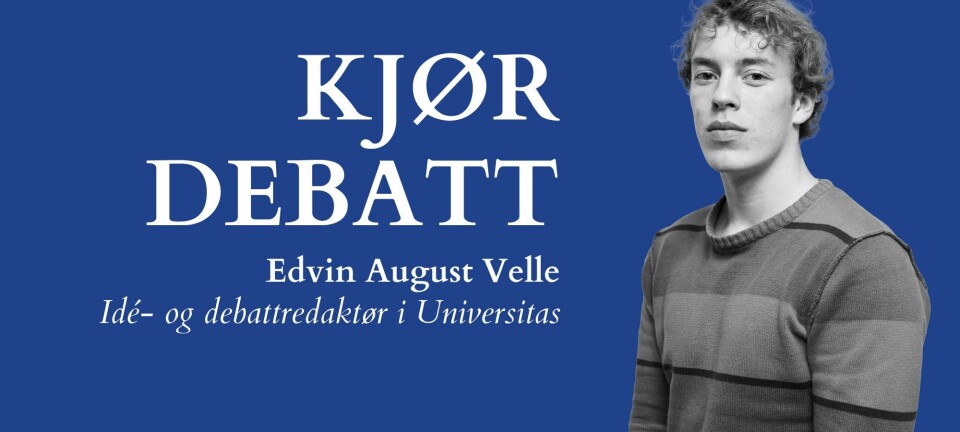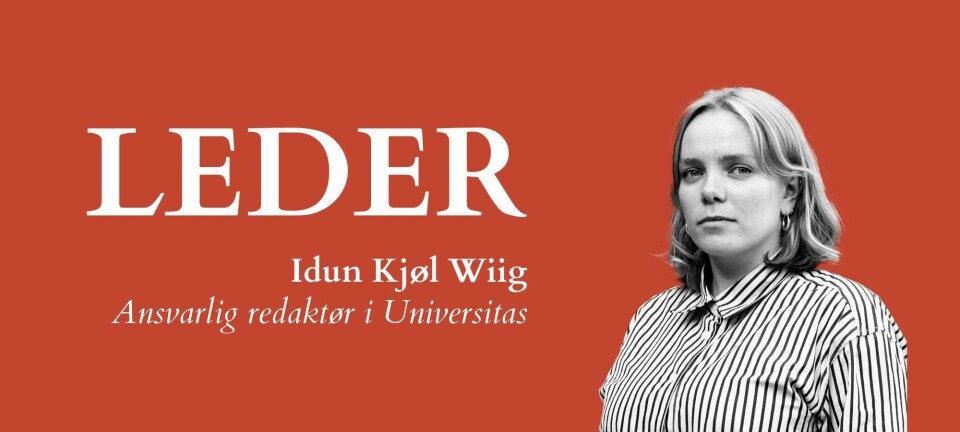
Few minority students at NIH
The Norwegian School of Sport Sciences has the lowest proportion of students from minority backgrounds in the whole country.
Statistics from the Ministry of Education’s new situation report for the university and university college sector show that just 0,9 percent of students at the Norwegian School of Sport Sciences (NIH) has a non-western minority background. Rector Sigmund Loland admits that the school has a problem reaching minorities.
– This is an important issue to us, but our efforts are still not adequate. They are not nearly enough students with non-western backgrounds at NIH, he says.
Challenges
Nirmala Eidsgård is project leader of Diversity in Focus in Academia (MiFA), a group that works with recruiting ethnic minorities to higher education. She is not impressed with the number of students with minority backgrounds at the school.
– It is imperative that NIH educates good role models from immigrant backgrounds. In the long run, NIH can use these role models to encourage more people from minorities to take part in sports. This is important not least because it would contribute to preventing health problems such as diabetes, obesity and heart disease, Eidsgård says. She encourages NIH to cooperate with other educational institutions that work with marketing directed specifically at minorities.
– The University of Oslo, Oslo University College and the Norwegian Police University College have all put in place measures to recruit more students with minority backgrounds to higher education. NIH should consider either putting their own measures in place, or cooperating with these institutions.
– Taboo
Johanne Støren Stokke and Karoline Steinbekken of the Student Board at NIH believe that non-western immigrants may also have problems with the physical challenges at NIH.
– Particularly for girls with Muslim backgrounds, studying at NIH is quite taboo, and especially the swimming, which is an obligatory part of the entrance examination, would probably be problematic for a lot of people in this target group, Steinbekken says.
Rector Loland also mentions that the Norwegian sports club mentality may also play a part in applications to the school.
– In Norway we have a culture of volunteering in sports clubs and similar organizations. This is perhaps somewhat alien to many non-western immigrants, Loland says.
Stokke of the Student Board believes that many immigrants are also unaware of the possibilities they have with an education from NIH.
– Many people with backgrounds from non-western countries may not see a study at NIH as career-orientated enough. It is more common to choose educations within more vocational studies, where there is more of a chance of getting a safe job with a decent wage. It is important, then, that we communicate that you become something by studying here as well, Stokke states.
Nirmala Eidsgård agrees with this.
– Many second generation immigrants know little about studies at the Norwegian School of Sports Science and the career opportunities this gives you.
Will improve
Rector Loland points out that there are already several recruitment measures in place at NIH that are aimed at minority youth in varying degrees.
– We go around to upper secondary schools, giving out information about our school. In connection with the entrance examinations, we also arrange courses in types of sport that might be unfamiliar to applicants with an immigrant background, he says.
– At the same time, we currently have several doctoral projects in which research is being done on the way people from other cultures experience sports culture in Norway. We are not currently cooperating with any other institutions, but we learn from others, and are open to good advice and suggestions, Loland states, and hopes that the situation will improve in the long run.
– We are really going to improve our recruitment skills, and then it is just a question of time before this changes, he believes.
































